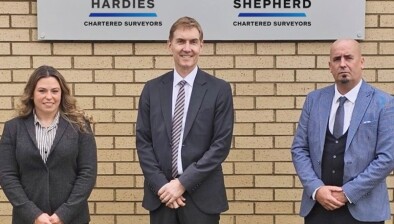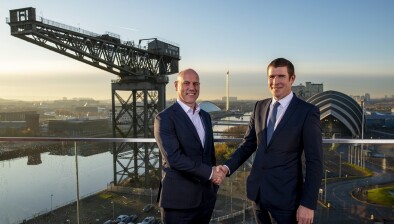Hardies advises firms to energy model premises to combat soaring costs

Mark O’Neill
With wholesale energy prices in the UK having soared due to increased demand as the economy recovers from the pandemic and a rise in natural gas and coal prices, and as a result of uncertainty brought about by the war in Ukraine, Hardies Property & Construction Consultants is advising companies to seek to understand how they use energy within their buildings by instructing an energy modelling project of their premises.
The invasion of Ukraine, which provides 40% of Europe’s natural gas, has led to notable uncertainty in energy supply and security.
Questions over supply have created the conditions for further spikes in costs, prompting many commercial property tenants to seek greener buildings to lower their bills as the gap in occupational costs between modern, energy efficient ‘prime’ buildings and more energy-intensive accommodation becomes more pronounced.
Occupier demand for space that is sustainable and energy efficient is beginning to impact the marketability of commercial and industrial space in the UK and Europe. Recent research shows that changes to market preferences are also informing property valuations, with better EPC-rated assets performing stronger than those with poorer ratings, in relation to rental and investment values.
This trend may become more pronounced as environmentally sensitive investors shy away from property investments which carry a high carbon footprint.
An energy performance certificate gives a property an energy efficiency rating from A, the most efficient, to G, the least, and is valid for 10 years.
And with the UK government considering implementing a minimum EPC rating B by 2030, Mark O’Neill, head of energy at Hardies, advises building owners and occupiers to commission an energy modelling project for their premises to allow them to understand how their properties perform in comparison to current and proposed Government targets and to explore how the energy rating gap can be closed.
“Energy modelling considers all aspects of a building in relation to how that building consumes and loses energy. It examines the building geometry, its construction and fabric, as well as the energy consuming service installations within the building,” he said.
Energy modelling enables Hardies to provide clients with a range of cost-effective solutions to reducing energy consumption and CO2 emissions. Remodelling buildings to reflect what impact the suggested solutions would have on a building’s energy consumption allows clients to comprehend the energy cost and CO2 saving outcomes before having to commit capital spends.
“Working closely with our Quantity Surveying colleagues, we can provide costings for the proposed works, determine when investments in energy efficiency will break even and when anticipated energy savings would impact positively on the bottom line,” said Mr O’Neill.
“With energy costs having risen significantly for businesses across the UK, and the options for shopping around for new energy contracts offering low energy tariffs having all but run out of road, we would urge companies to consider energy modelling as a way to both understand their energy consumption and explore ways to reduce the seemingly ever-increasing energy costs that erode profits.”

















